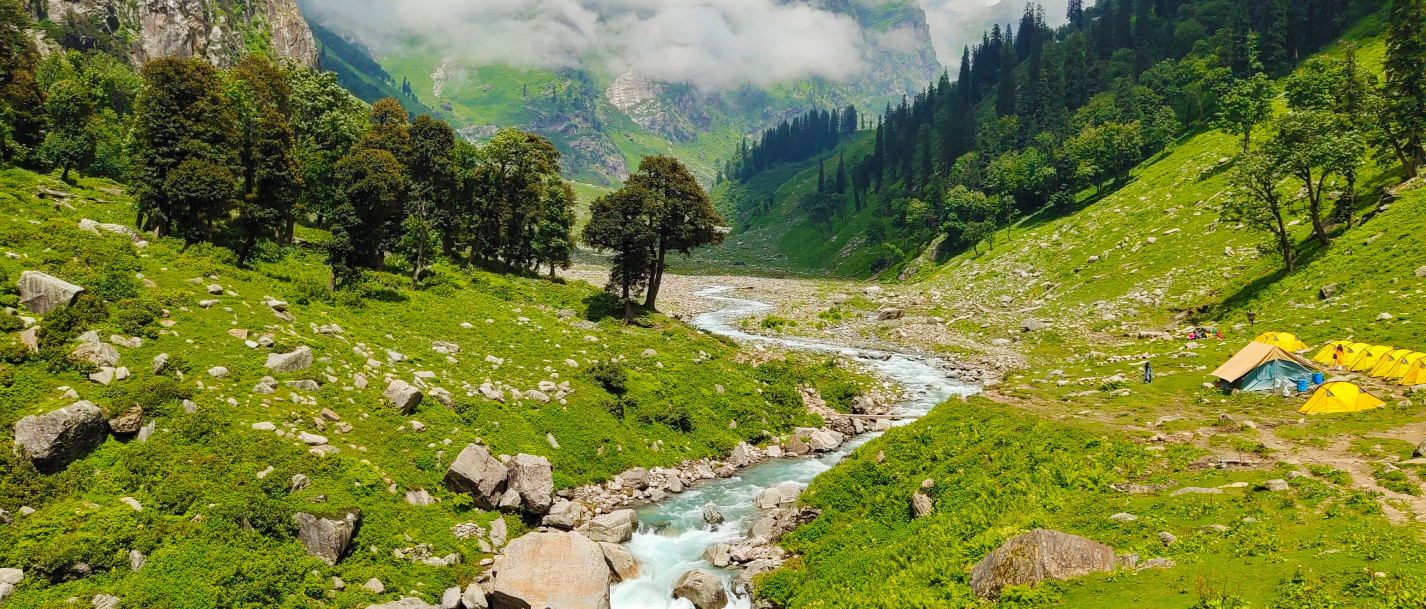
Latest blog posts
The Finnish Meteorological Institute Initiatives in India
Author: Dr Rakesh Hooda
Editor: Anni-Elina Vänskä
FMI, the Finnish Meteorological Institute has a long history of collaboration with Indian research institutes, since 2004. It has worked on topics such as climate change and atmospheric pollutants, glacier melting and water resources, air quality, solar energy and forecasting, local capacity building and clean transport energy-biofuel. The main Indian partners in the collaboration have been The Energy and Resources Institute (TERI), The India Meteorological Department (IMD), The Indian Institute of Technology (IIT) and University of Hyderabad (UoH).
The research collaboration resulted in several long-term impacts. One of the major long-term impacts is the establishment of an observatory at Mukteshwar in central Himalayas, Uttrakandh state in 2005. The observatory enables measuring aerosols in real-time. Results from these studies have been published in several scientific papers, showing the trends of atmospheric pollutants from year-to-year and impact of Indo-Gangetic area emissions to Himalayan air.
Currently, the observatory is a central place for many climate and air quality studies in the region. It is, and has been used in several joint FMI-TERI research projects.
Another significant contribution from the research collaboration has been taking part in improving air quality and climate related capacity and preparedness in India. The aim is to have better observational, forecasting and modelling capacities of Indian air quality and climate. In practice, this was done through extensive researcher exchange and methodological improvements. The joint work received substantial positive feedback from Indian stakeholders, as well as from the WMO, WHO and UNEP. An international meeting on “Air Quality and Climate Impacts” was held in October 2016 in Delhi, on behalf of the project. The concluding statement was that the results would guide the planning of the “National Programme on Athmospheric Chemistry” that is governed by the Ministry of Earth Sciences. The project enhanced state-of-the-art aerosol measurements facilities at the regional GAW station in Ranichauri, and increased the capacity of IMD to set up and use regional and city scale air quality modeling according to own needs. FMI used the air quality dispersion model SILAM (silam.fmi.fi) to conduct operative air quality forecasting globally, and this was installed on the IMD supercomputer configured to use for the Indian subcontinent. The FMI and IMD are currently implementing a bilateral development project “Air Quality Modelling and Forecasting in India”.
FMI and the Indian partners have also dedicated a large part of their work to understand air pollution and its impacts in India. The research extended over the period of five years sought to highlight the atmospheric boundary layer influence in lifting polluted air from Indo-Gangetic areas to the high altitude mountain site in central Himalayas. FMI and TERI have used cutting-edge measurements for the first time in India. These very state-of the art measurements are essential for improving the global model representation of pollutants in the region. Qualitatively, the results showed to improve distinct air pollution source types in the region and the importance of rainfall in cleansing the atmosphere from polluted air. In another study, snow samples collected from the glaciers in central Himalayas suggested an increase in both elemental carbon and dust and highlighted the importance of dust acting as a light absorber in the snow.
The mutual efforts of these organisations have received a noteworthy scientific and media response. The results have been published in 25 academic articles in peer-reviewed international journals and numerous abstracts. The scholars have presented the results in various international conferences and news articles have been printed to create awareness in the society. Several stakeholder workshops were also organised in India with significant public attention.
Moving forward, the work is in progress to better understand the regional monsoon regime, water budgets, valorisation of agro-residues from India, and aerosol-cloud-rainfall interactions, and their impact on precipitation and regional hydrological cycle.